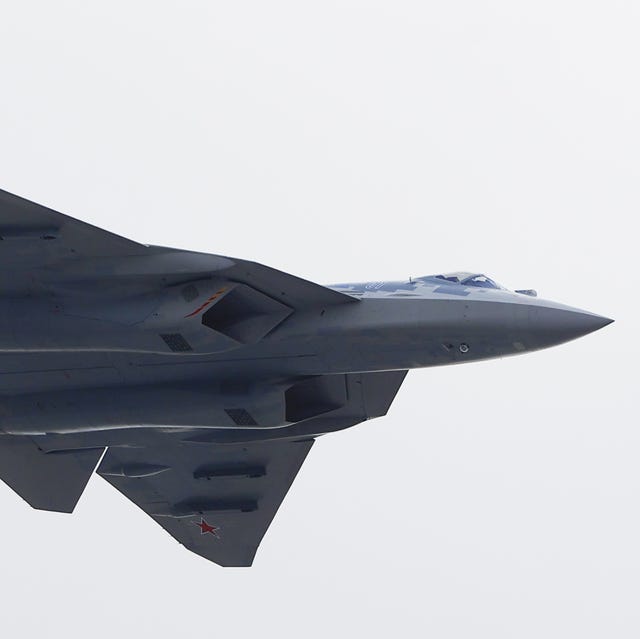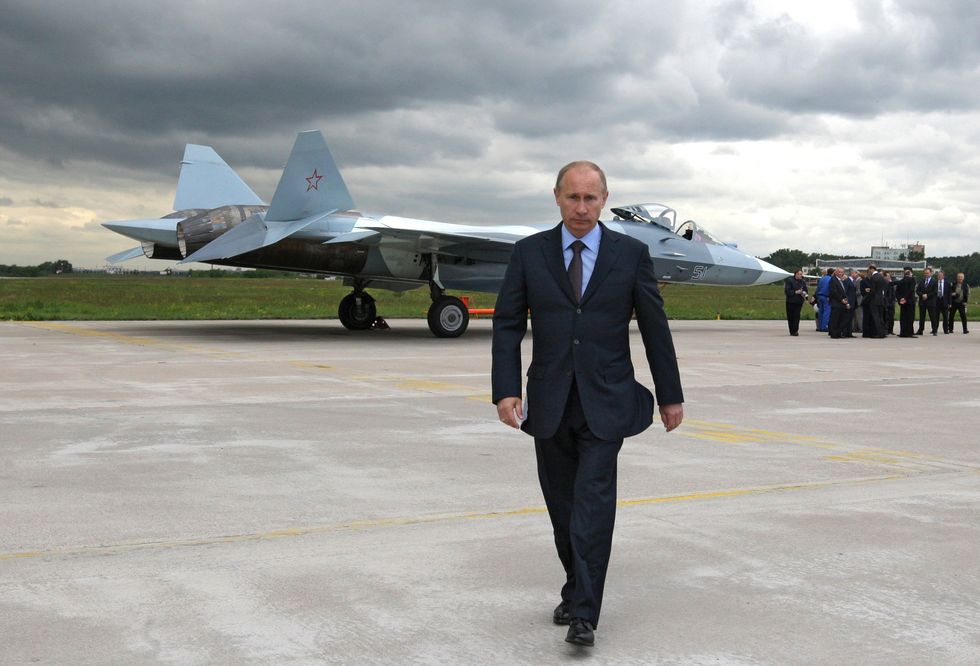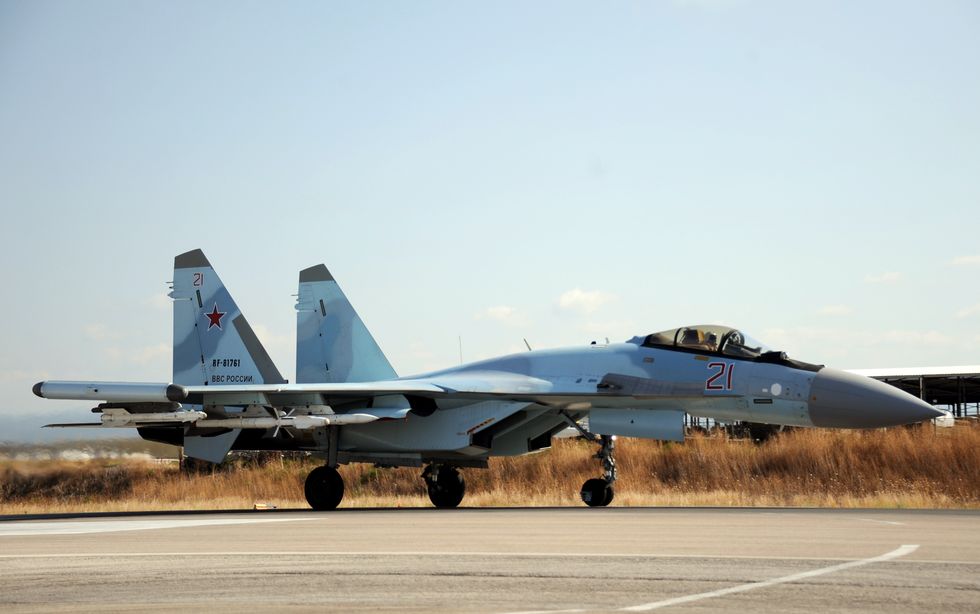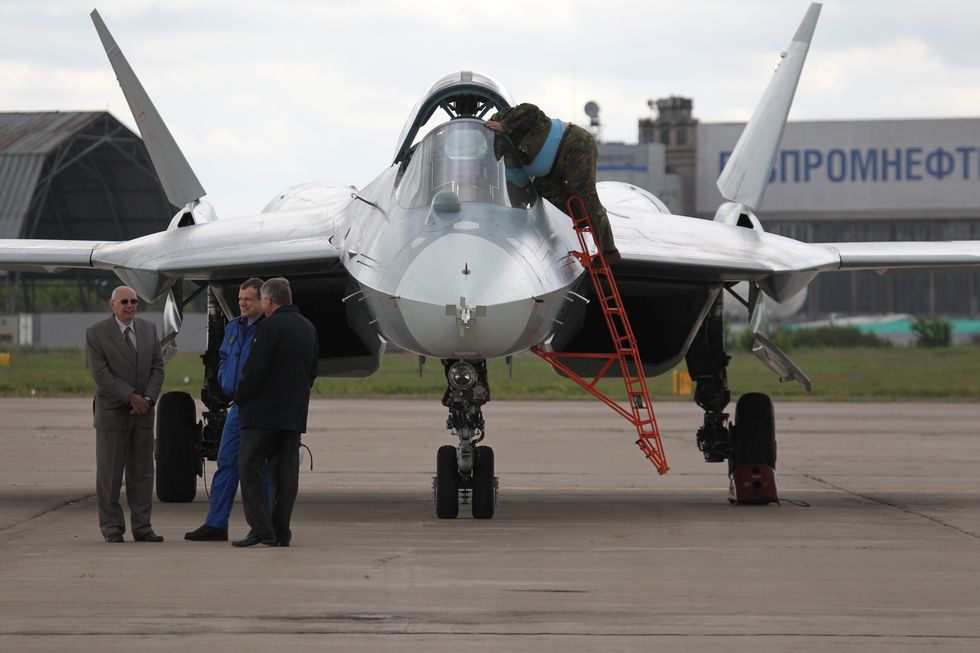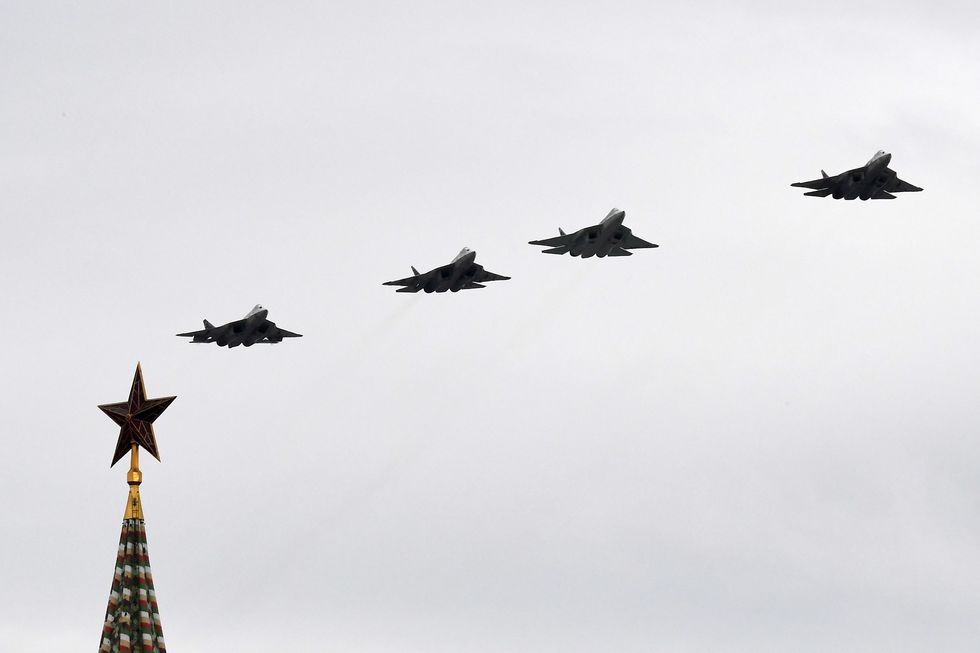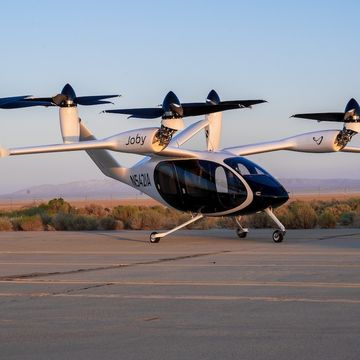- The Su-57 fighter bomber is Russia’s first new fighter since the end of the Cold War.
- It was supposed to be in the same category as America’s F-22 Raptor and China’s J-20 Mighty Dragon.
- Instead, the fighter is in development limbo, and thanks to Putin’s war on Ukraine, it won’t go into production anytime soon.
One of Russia’s new wonder weapons is AWOL from the invasion of Ukraine: the Sukhoi Su-57 fighter.
Unveiled in 2010, the Su-57 was originally meant to be Russia’s first fifth-generation fighter jet, an aircraft capable of both air-to-air and air-to-ground missions while remaining undetected by enemy air defenses. Today, the futuristic fighter bomber is still a long way from service with Russia’s Aerospace Forces.
Russia’s invasion of Ukraine, launched in late February 2022, was accompanied by a major buildup of Russian Aerospace Forces (RuAF) aircraft. Russian Sukhoi Su-30SM and Su-35 fighters, Su-34 strike aircraft, and Su-25 close air support jets massed in airfields in Belarus and western Russia, and began carrying out missions in the skies over Ukraine. The RuAF has suffered significant losses in just two short weeks, including 12 fighter and attack jets lost to Ukrainian fighters, as well as surface-to-air missiles.
One aircraft missing from the war entirely: the Su-57 fighter. Known as “Felon” to NATO, the Su-57 was supposed to be the first of a new generation of Russian fighters, a clean break from the updated Cold War designs that filled the RuAF’s ranks. The first Russian fighter jet designed from the start with stealth in mind, the Su-57 was meant to be a so-called fifth-generation fighter jet, in the same technological category as the American F-22 and F-35 fighters and the Chinese J-20.
The end of the Cold War saw Russia’s economy all but collapse as the country endured the shock of transitioning from a bureaucratic, planned, communist economy to a free-market economy. The 1990s saw Russia’s defense budget essentially on life support, with the country unable to afford new equipment and saddled with huge numbers of ex-Soviet ships, aircraft, and armored vehicles it could not afford to operate. On top of that, the lack of an aerial adversary made new fighter jets a low priority for the new Russian state.
All of that began to change in 1998, when Russia began work on an aircraft with the Russian initials PAK-FA, or in English, “Future Air System of Tactical Aviation.” Russia’s Sukhoi Design Bureau and its T-50 fighter design beat out a competing design by the legendary Mikoyan-Gurevich (MiG) Design Bureau, and construction of the first aircraft began in 2004. The aircraft flew for the first time in 2010.
The T-50 fighter was a huge surprise to the West, which had grown used to a constant stream of updates on Cold War jets. The Soviet Union’s Sukhoi Su-27 air superiority fighter, for example, was gradually expanded into the Su-30SM and Su-35 multi-role fighters, and into the Su-34 two-seater strike fighter while the original Su-27s were updated. The problem was that the Su-27 series of jets were not stealthy at a time when covertness was growing increasingly important—and could never be made stealthy. So, Sukhoi decided to create a “clean sheet” design that took stealth into account from the outset.
The T-50 gradually evolved into the Su-57. Although it has no official Russian nickname, NATO has given it the reporting name “Felon.” The Su-57 is meant to check all the boxes of fifth-generation fighters, including radar-evading stealth, the ability to cruise at supersonic speed without the use of fuel-gulping afterburners, advanced avionics, and a powerful multi-mode radar system. The aircraft is manufactured in Russia’s Far East at the Komsomolsk-on-Amur Aircraft Plant, a subsidiary of Sukhoi.
The Su-57 is a flatter, more angular airframe than earlier jets, with a blended wing and body configuration to give it built-in stealth. The aircraft was initially fitted with two Saturn/Rybinsk AL-31F1 after-burning turbofan engines, each with a thrust rating of 19,842 pounds. In 2017, an Su-57 flew with the aircraft’s permanent engine—the brand new, higher-performance Izdeliye 30 (“Product 30”), which generates 24,250 pounds of thrust. (Another report suggests production aircraft will stick with the AL-31F. The jet’s N036 Byelka radar uses the same active electronically scanned array radar technology as the F-22 and F-35).
The “Felon” is designed to engage adversaries in the air and on the ground while remaining stealthy, and like the F-22 Raptor, it stores armament in four internal weapons bays, including two large main bays and two small bays. The main bays are capable of carrying large air-to-air missiles, such as the medium-range K-77M radar-guided air-to-air missiles. They can also carry anti-radiation missiles for targeting ground-based radars, electro-optical guided bombs, and anti-ship missiles. The aircraft can carry weapons externally on its wings and fuselage if stealth is not a concern.
The Su-57 will also likely carry the Vympel R-73 (NATO code name: “Axehead”), a long-range hypersonic air-to-air missile designed to shoot down large enemy support aircraft. An Su-57 armed with R-73s would attempt to infiltrate U.S. and NATO defenses, sneaking past early-warning planes and combat air patrols to attack the early-warning planes or tankers directly. Deprived of their early-warning aircraft, an adversary would be forced to turn their fighter radars on, making them more easily detectable. The destruction of a tanker would shorten the time and distance enemy aircraft can fly, forcing them to operate closer to their bases.
About a dozen prototype/initial production Su-57s are in existence. The planes were sent to Syria in 2018 and 2019 for real-world missions and tests, but the tests allegedly did not include actual combat missions. The first production aircraft crashed in 2019, delaying entry of the jet in Russian Aerospace Force service.
The Su-57 has a distinctive howl, reminiscent of the Star Wars TIE fighter:
By all accounts, the Su-57 is a decent fifth-generation fighter, but for one reason or another, the Russians haven’t been able to build many of them. Sukhoi has more than a half-century of experience building warplanes for the Soviet Union and Russia, with the Su-2 light bomber debuting in 1937. Development of the Su-57 was repeatedly hobbled by a lack of funds and technical issues, as the consequences of Russia’s long break from fighter development made themselves known. Russia had never built a stealth fighter from the ground up before, and the required Izdeliye 30 engines would not be ready until seven years after first flight.
In the meantime, the number of aircraft Russia planned to acquire dropped precipitously, from hundreds to just 76. Flight International’s 2022 World Air Forces lists just one Su-57 in service with the Russian Aerospace Forces. Newly imposed sanctions on Russia over its invasion of Ukraine will likely devastate the national economy, and it remains to be seen if Russia can still afford all 76 planes. If that doesn’t happen, the Su-57 could be one of the first planes to be shot down by its own country, a victim of its own aggression.

Kyle Mizokami is a writer on defense and security issues and has been at Popular Mechanics since 2015. If it involves explosions or projectiles, he's generally in favor of it. Kyle’s articles have appeared at The Daily Beast, U.S. Naval Institute News, The Diplomat, Foreign Policy, Combat Aircraft Monthly, VICE News, and others. He lives in San Francisco.
